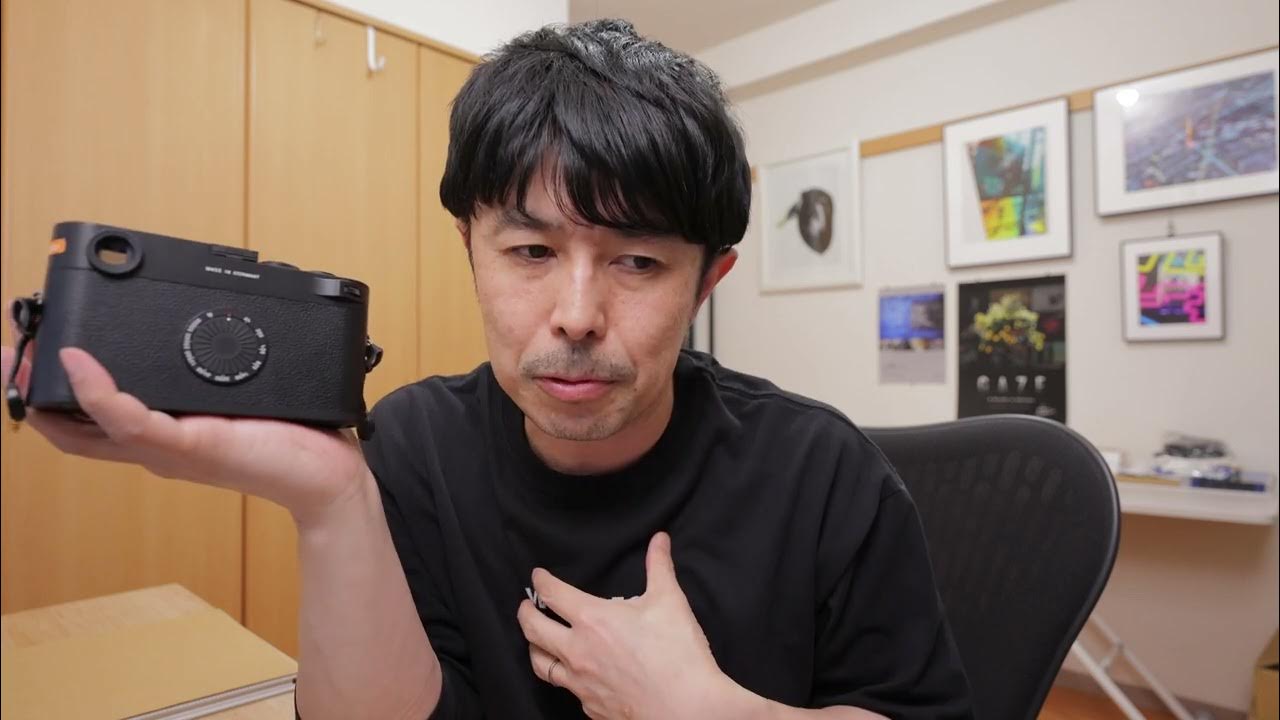Digital Photography - Photographic Processes Series - Chapter 12 of 12
Summary
TLDRThe evolution of photography has transformed significantly since 1839, transitioning from film to digital formats that have made capturing images accessible to everyone. The introduction of technologies like the charge-coupled device revolutionized camera design and function, allowing for instant digital photography. This shift has changed our relationship with images, as digital photos are often ephemeral and rarely printed, contrasting with the tangible memories of the past. Artists express concerns over losing the craft of photography, longing for a more hands-on approach to creating their work in an increasingly digital world.
Takeaways
- 📸 The technology of photography has evolved significantly since 1839, and it continues to change rapidly.
- 🤳 Everyone now has access to a camera, leading to a democratization of photography.
- 🖼️ The purposes of photography remain the same, whether in a 19th-century family album or modern smartphone pictures.
- 💡 The development of the charge-coupled device (CCD) was a significant milestone in digital imaging technology.
- 🔄 The transition from film to digital photography has changed the way we store and access images.
- 🗓️ A brief timeline of digital photography highlights key developments from the first digital camera in 1975 to modern smartphones.
- 💾 Digital photography allows for easy storage and retrieval of images, unlike physical film negatives.
- 👵 The nature of memory associated with photographs is shifting; digital images can be easily lost or forgotten.
- 🖥️ Many people now view photographs on screens rather than in printed form, altering our relationship with images.
- 🎨 Artists express a desire to reclaim the tactile craft of photography, feeling that technology can sometimes overshadow their creative control.
Q & A
What significant technological shift in photography began in 1839?
-The invention of photography itself marked the beginning of significant technological advancements in capturing images.
How has the accessibility of photography changed over the years?
-Photography has become more accessible, with everyone now carrying cameras in their pockets, enabling anyone to capture images easily.
What is the purpose of photography according to the speaker?
-The purpose of photography remains largely unchanged; it serves to capture and preserve memories, similar to historical family albums.
What was the role of the charge-coupled device (CCD) in the evolution of digital photography?
-The charge-coupled device (CCD) introduced by Fairchild was crucial in capturing images digitally, enabling the development of digital cameras.
What milestone did Kodak achieve in the 1970s and 1990s regarding digital cameras?
-Kodak built the first truly digital camera in 1975 and later produced the first consumer megapixel camera, the Kodak DC 210, in 1999.
How has the shift from film to digital photography impacted our relationship with images?
-The shift has altered our relationship with images, making digital photographs less permanent and affecting how we experience memory and nostalgia.
What concerns do artists have regarding digital photography?
-Many artists feel that digital photography has placed control in the hands of machines, creating a desire for a more hands-on, tactile approach to the craft.
In what way does the speaker suggest that photography is both an art and a craft?
-The speaker emphasizes that photography is not just about the image itself but also about the creation of a tangible object, reflecting the craftsmanship involved.
What might be the future implications of digital photography as suggested by the speaker?
-The future of digital photography will likely involve ongoing changes in how we view and interact with images, alongside debates on authenticity and artistic integrity.
How does the speaker view the relationship between digital images and memory?
-The speaker notes that digital images are often ephemeral and lack physicality, leading to a different and potentially more fragile relationship with memory compared to traditional photographs.
Outlines

Esta sección está disponible solo para usuarios con suscripción. Por favor, mejora tu plan para acceder a esta parte.
Mejorar ahoraMindmap

Esta sección está disponible solo para usuarios con suscripción. Por favor, mejora tu plan para acceder a esta parte.
Mejorar ahoraKeywords

Esta sección está disponible solo para usuarios con suscripción. Por favor, mejora tu plan para acceder a esta parte.
Mejorar ahoraHighlights

Esta sección está disponible solo para usuarios con suscripción. Por favor, mejora tu plan para acceder a esta parte.
Mejorar ahoraTranscripts

Esta sección está disponible solo para usuarios con suscripción. Por favor, mejora tu plan para acceder a esta parte.
Mejorar ahoraVer Más Videos Relacionados
5.0 / 5 (0 votes)






